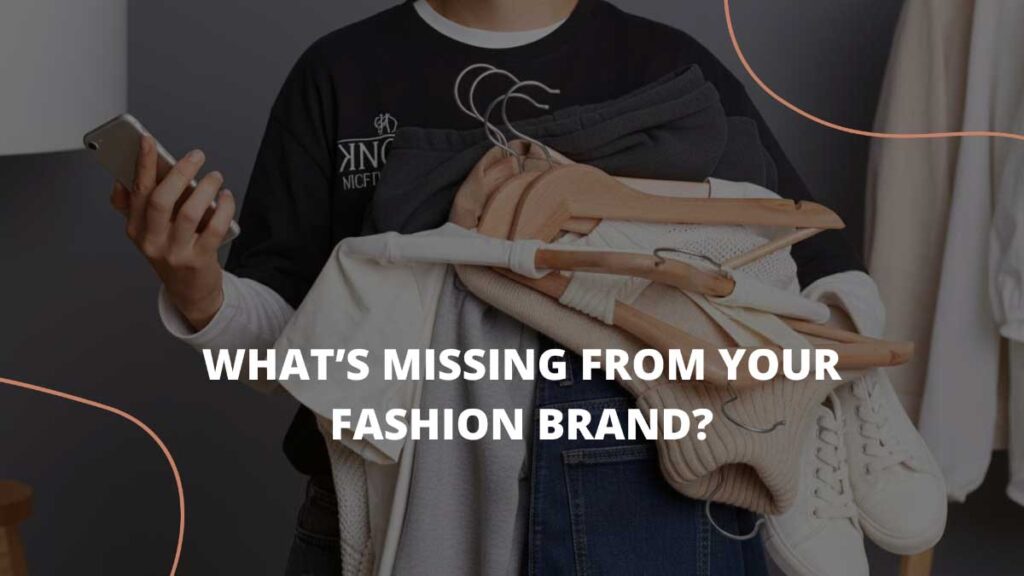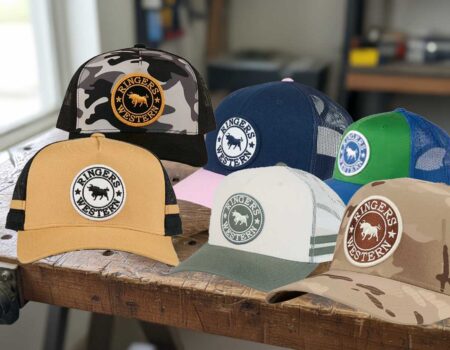We want clothes that fit real bodies, feel good from coffee to commute, and last longer than one season. A recent Reddit thread gathered hundreds of everyday pain points, and it is a goldmine for brands and shoppers alike. Read the full Reddit conversation, then use the checklist below.
Reader question we keep hearing, What do you think is missing in women’s fashion Let’s turn the answers into a checklist that actually helps.
What’s missing in the fashion industry, from shoppers’ mouths
The same themes pop up again and again. Less guesswork, more honesty.
- Pockets that swallow a phone, not pretend flaps.
- Size charts that match the garment, not vibes.
- Fabrics that do not show through in daylight.
- Petite and tall cuts that are actually proportioned.
- Plus sizes designed from a real block, not just upsized.
- Bra friendly necklines and reliable strap adjusters.
- Breathable linings, stretch that snaps back after a commute.
- Clear fiber content, care you can handle in a normal laundry week, and where it was made.
A short, typical quote, “please stop cropping everything,” came up a lot.
Fit and size consistency
Vanity sizing turns checkout into roulette. I keep a tape on my desk, I check rise and thigh before I click buy.
- Post the garment specs. Bust, waist, hip, rise, thigh, inseam, leg opening.
- Proportion petites and talls. Adjust rise, sleeve, knee and pocket positions, not just hem length.
- Draft plus on a dedicated block. Adjust armholes, shoulder width, pocket placement, and thigh ease as sizes increase.
- Hold fits steady. If “Modern Straight 28” fits this year, next year should feel the same.
Sanity check a chart before you buy with our International Size Converter and Dress Size Calculator.
Comfort and function
If a pocket will not cover my phone, I skip it. If my phone peeks out when I sit, I pass. No wonder, women’s pockets often measure almost half as deep as men’s, which is why phones pop out. Set a simple standard, front pockets at least 6 inches deep with bartacks.
- Real pockets. Front and back, list depth on the product page.
- Opaque fabrics. Especially in white and pastels. I hold a tee to the window, if I can read a headline through it, back it goes.
- Bra friendly cuts. Necklines and armholes that cover bands and straps.
- Adjustability. Solid strap hardware, tabs, drawcords.
- Breathable linings. Less cling, more airflow.
- Resilient stretch. Knit or woven stretch that returns to shape.
Quality and transparency

People are done guessing.
- Fabric composition and weight. Say cotton 240 gsm, or wool 60 percent.
- Construction notes. Clean seams, reinforced stress points, secure buttons.
- Care you can actually do at home. If it is dry clean only, explain why.
- Where it is made. Country and factory standards if possible, link a brief overview.
- Clear returns. Window, fees, and prepaid label policy on the page.
Inclusive design
Options without compromise.
- Adaptive choices. Magnetic closures, easy reach zips, seated fit photos.
- Modest cuts that still look modern. Higher necklines, longer hems, lined light colors.
- Maternity and postpartum. Stretch panels, nursing friendly openings, gentle waistbands.
- More width choices. Wider calf boots and wider shoes with measurements in inches.
- Sensory friendly touches. Soft seams, tagless labels, breathable knits for low irritation.
Work and everyday wear
The gap between leggings and boardroom is too wide.
- Polished basics. Opaque tees, breathable blouses, blazers with movement.
- Durable knits. Less pilling, less shrink.
- Trousers with rise options. Mid, high, relaxed, with the rise listed in inches.
- Heights that work with flats and sneakers. Offer multiple inseams.
Style without the gimmicks
Trend choice, not trend takeover.
- Offer full length as well as cropped.
- Skip ultra thin fabric that clings and shows everything.
- Keep logos small or none.
- Timeless colors and prints that build a wardrobe.
Price and value
Higher price is fine when value shows up.
- Fair pricing. Explain cost drivers, fabric, construction, labor.
- Cost per wear. Tie durability and care to the pitch.
- When to invest, when to save. Invest in trousers, coats, and shoes. Save on trend colors or occasion one offs.
Sustainability that is practical
Less lecture, more lifespan.
- Durability first. Strong fabric and stitching beat buzzwords.
- Repair info. Include spare buttons, thread, heel tips, and a simple fix guide.
- Care guides. Wash cool, line dry, shave pills, re sole, re heel. One card per fabric.
- Labor clarity. Publish factory standards alongside fiber and care.
My mini wishlist
Here is my short list. If a product page nails these, I am buying.
- List phone pocket depth and width in inches.
- Show rise, thigh, and leg opening on every pant, not just inseam.
- Offer two hems per size for dresses and trousers.
- Use thicker white fabric or add a breathable lining so it is not see through.
- Add extra strap notches and stronger rings on dresses and tops.
- Draft plus from a true plus block, not a scaled size 6.
- Photograph each style on at least two sizes and two heights.
- Add a “care in three steps” card for every fabric.
Brand checklist
Run this ten point check before you launch. If you miss one, rethink the listing.
- ☐ Post the garment specs and a try on note, bust, waist, hip, rise, thigh, inseam, leg opening, in inches.
- ☐ Pockets, front depth listed, target 6 in, bartacks yes or no.
- ☐ Opacity, white and pastels pass a daylight test, yes or no.
- ☐ Adjusters, durable strap and waist hardware, yes or no.
- ☐ Composition, weight, and country of origin listed, factory standards linked, yes or no.
- ☐ Construction, stress points reinforced, buttons secured, yes or no.
- ☐ Care, clear three step instructions that match the fabric, yes or no.
- ☐ Returns, friendly window and prepaid label policy stated, yes or no.
- ☐ Photos, show each style on at least two sizes and two heights, side and back views, yes or no.
- ☐ Proportioning, petite, tall, and plus drafted as true proportions, yes or no.
Brand Launch Readiness Quiz
Run this comprehensive 10-point check before you launch your product listing. Get a detailed assessment of your brand readiness and actionable steps to improve your launch success.
Your Brand Readiness Assessment
Your Action Plan
Problem to action table
| Problem | What to ask before you buy | Better option |
|---|---|---|
| Tiny or fake pockets | “Is there a lining or higher gsm fabric?” | Pick styles with pocket depth listed and bartacks |
| Sheer white tees | “Is there a lining or higher gsm fabric?” | Pick 180 to 240 gsm cotton or a double front panel |
| Pants fit changes by height | “What are rise and knee positions?” | Pick petite and tall patterns with adjusted rise and knee |
| Plus size feels like a scale up | “Is this drafted on a plus block?” | Pick brands that use dedicated plus blocks |
| Slipping or digging straps | “Are straps adjustable, is hardware metal?” | Pick multi notch straps with sturdy rings |
| Mystery fabric and care | “Exact fiber content and weight, care steps” | Pick full composition and gsm with a three step care card |
FAQs
What do you think is missing in women’s fashion?
Top asks, usable pockets, honest size charts, opacity, and proportional petites, talls, and plus. Add your own must haves in the comments.
How can brands improve sizing consistency?
Pick a fit block and stick to it each season. Post the garment specs so shoppers can compare at home.
What should pocket standards look like?
Front pockets that hold a phone, at least 6 inches deep, with bartacks. Publish the measurements right on the product page.
How do I check fabric opacity at home?
Hold the fabric to a window with a dark swatch behind it. If you can read through it, choose a heavier fabric or a lined version.
Where can I find modest options that still look modern?
Look for higher necklines, lined light colors, and longer hems offered as a standard variant, not a separate frumpy line.
What counts as adaptive design in everyday clothes?
Magnetic closures, easy reach zips, elastic waists with hidden security, and seated fit photos. Those small details change real lives.
Brand Action Plan, top 10 fixes
Post accurate garment specs. Draft petite, tall, and plus as true proportions. Add real pockets with listed depth. Use opaque fabric or line light colors. Reinforce stress points. State fiber, weight, and country of origin, and link factory standards. Give honest, doable care instructions. Shoot every style on multiple sizes and heights. Offer rise and inseam options. Make returns simple and clear.
Tell us the one fix you still hunt for, then tag a brand that needs the nudge. We will cheer the first label that nails this checklist.





